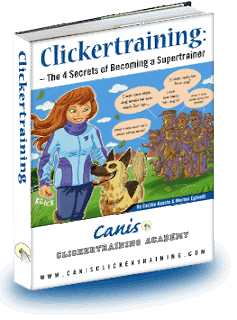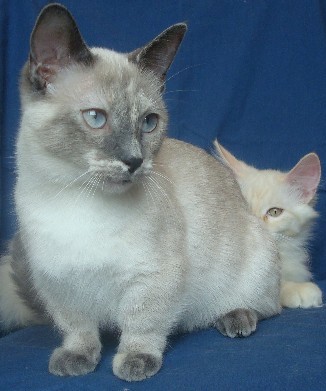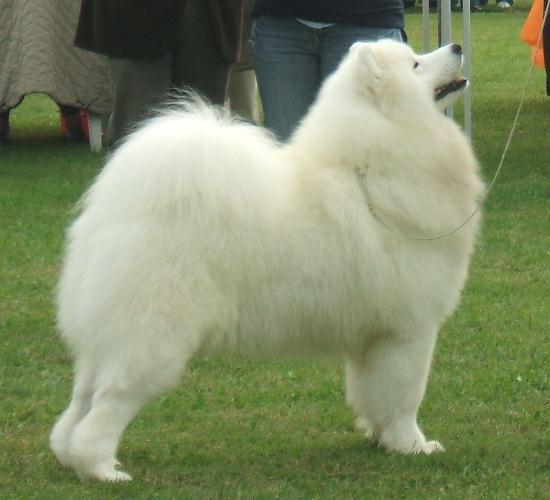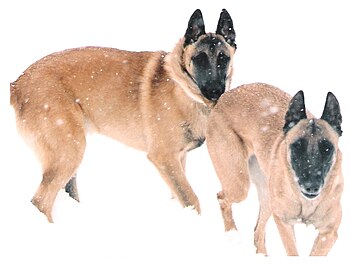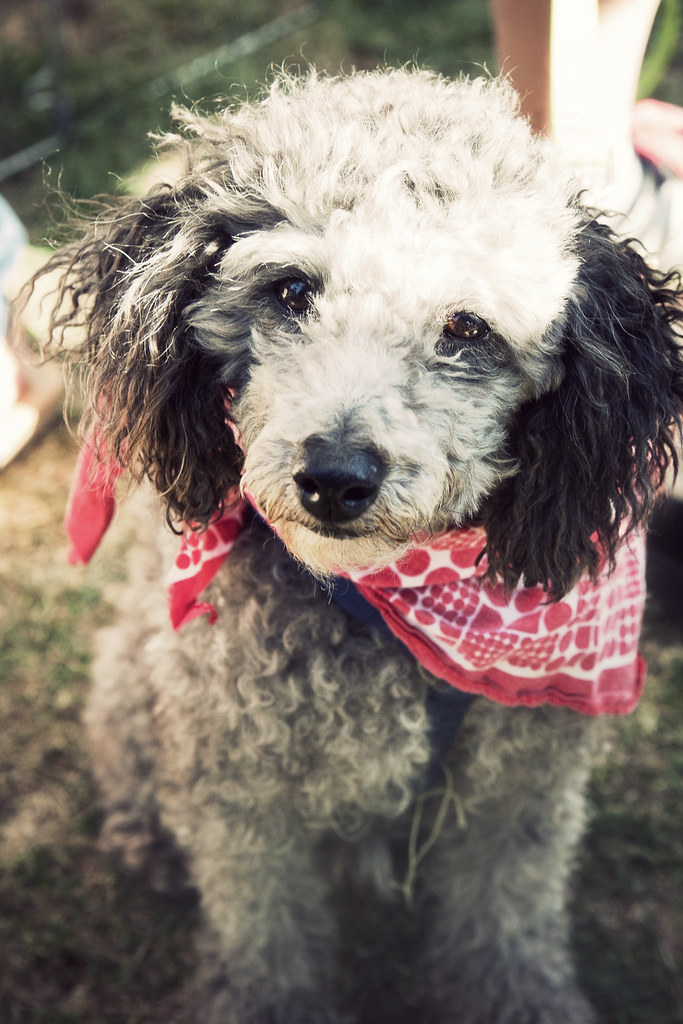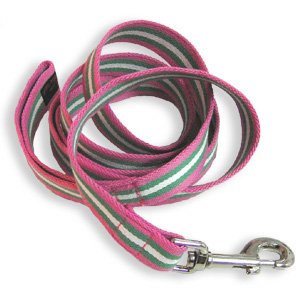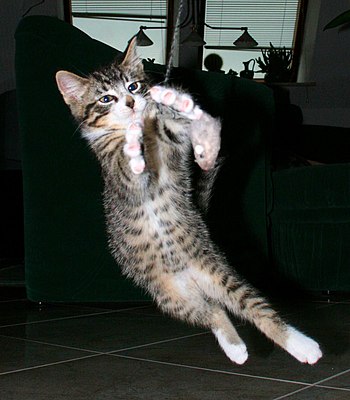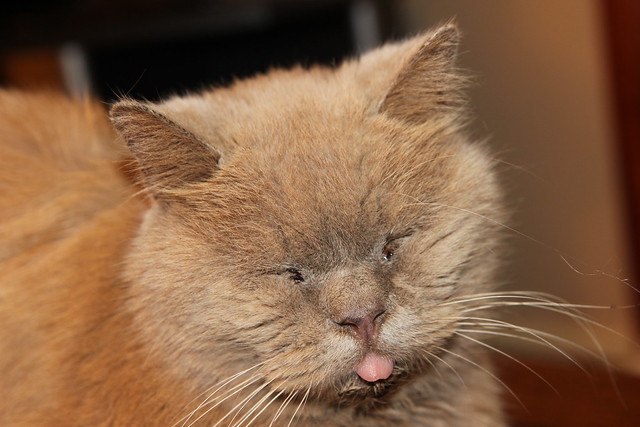Are you doing some dog obedience training to fix your dog's behavior problems? If you are, then you must use hand signals in addition to verbal commands that you want your pet to follow. The hand signals work most of the time, especially when your pet cannot hear you. Actually, these are more effective ways to ensure your dog pays close attention to you even from a couple of meters away, as long as it can see you.
 |
| Photo by Secretary of Defense |
And these are what trainers of agility dogs and hunting dogs use to control the actions of these dogs while in the field. By using the right hand signals during dog training, they can make the dogs turn left or right, go fast, stop, or stay put. Now, you can also do these to your pet without using verbal commands. Learn these first three hand signals and teach them to your dog while doing dog obedience training.
1. For the "sit" command, here's the hand signal: bend your arm upwards at the elbow and then raise your hand with fist closed up to your head's side while you command your dog to sit simultaneously. Keep on doing these hand movements while commanding your dog to sit. Later on, your pet will soon learn how to associate the hand signal with your vocal command. Now, if you are not able to get your dog's attention the first time you try the hand signal, don't punish it. Instead, keep trying or better yet, make sure you have a leash in your left hand.
2. For the "down" command, the hand signal is just like when you are asking someone to sit down at the same time saying, "Have a seat." To teach your dog the hand signal for down, you need to hold your arm out towards your pet and then lower your hand, on which your palm faces down towards the floor. While doing this, give the "down" command, and your dog will follow your hand signal into the down position. Just like in the sit hand signal, keep repeating this until your dog learns to associate the lowering of your hand towards the floor as part of the "down" command.
3. For the "stay" command, first, put your dog into the sit or down position. Afterwards, hold out your arm towards your pet, with your palm's position similar to that of a policeman who's using hand signal to stop traffic. And just like in the previous two commands, do this at the same time command your dog to "stay", with your firm tone of voice. If at first, your dog does not follow, try it again until he recognizes that hand signal means "down".
2. For the "down" command, the hand signal is just like when you are asking someone to sit down at the same time saying, "Have a seat." To teach your dog the hand signal for down, you need to hold your arm out towards your pet and then lower your hand, on which your palm faces down towards the floor. While doing this, give the "down" command, and your dog will follow your hand signal into the down position. Just like in the sit hand signal, keep repeating this until your dog learns to associate the lowering of your hand towards the floor as part of the "down" command.
3. For the "stay" command, first, put your dog into the sit or down position. Afterwards, hold out your arm towards your pet, with your palm's position similar to that of a policeman who's using hand signal to stop traffic. And just like in the previous two commands, do this at the same time command your dog to "stay", with your firm tone of voice. If at first, your dog does not follow, try it again until he recognizes that hand signal means "down".
Using hand signals can really do a lot when training your dog. Although you may find it difficult to make your dog obey at first, don't give up, but instead keep repeating the signals until it understands what you are trying to communicate. Take note that if you are consistent and thorough in showing your pet those hand signals, the faster it will respond.



